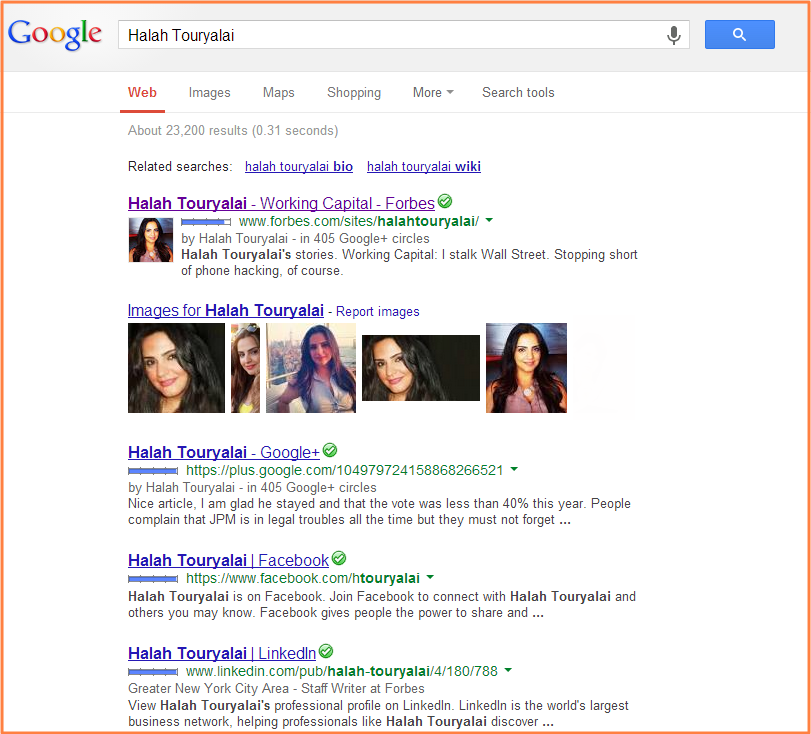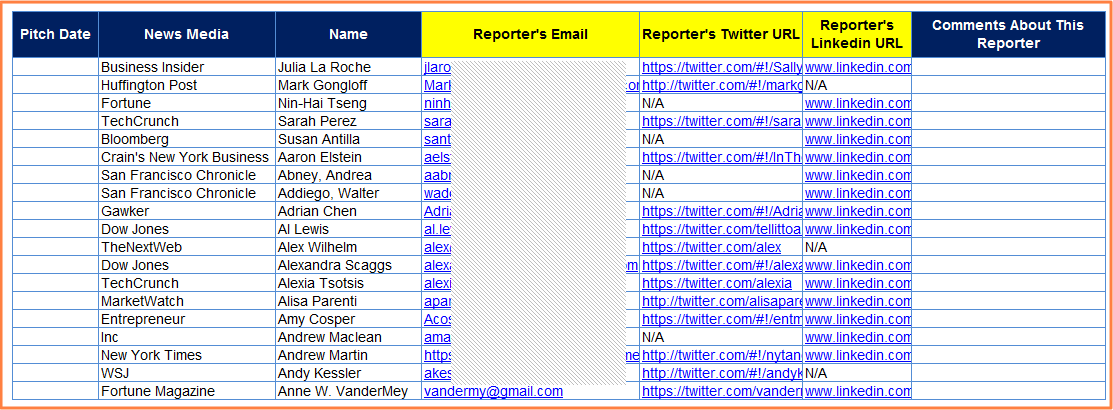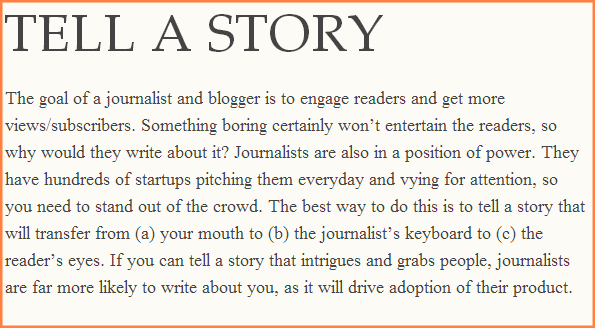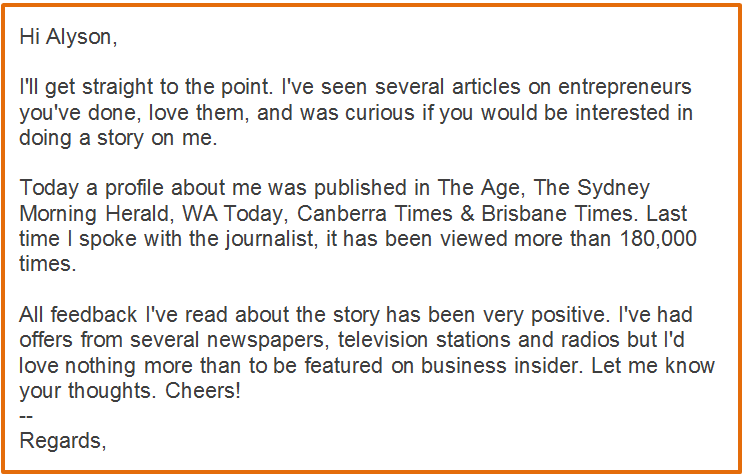
Our story – effective strategies for pitching a story to the Media, Reporters, Editors
Before launching MarketConsensus, we created a marketing strategy which included pitching our story to reporters, editors and the news media in general.
We did extensive research on public relations strategies and great ways to pitch a story to the media.
We were excited about our pitch and had high expectations that we would pitch reporters and editors, and they would leap at the opportunity to be the first to announce the launch of MarketConsensus.

What are some key strategies for pitching a story?
No Response!
As soon as we launched the site, we immediately implemented our pitch strategy and sent pitch emails to reporters, writers and journalists at media moguls like CNN Money, TechCrunch, CNBC, MSNBC, The Huffington Post, etc.
No one responded back.
We knew that we could get a surge in website traffic by getting prominent reporters to feature our website.
What we did not know, unfortunately, was just how difficult this was to accomplish, as journalists are normally swamped with pitches from PR agencies, business owners and other bloggers requesting to get featured.
Back to the Drawing Board
Rather than give up, we went back to the drawing board to redo our pitch strategy.
Below is what ended up working well for us.
10 Steps to Pitching Reporters and Writers
- Identify the specific news media firms (and segments) that cover your niche
- Find the reporters and writers within these firms that cover your area
- Research these reporters to better understand their style
- Connect with these reporters beforehand (when possible)
- Apply the law of average probability
- Draft a personalized email pitch message for each reporter (tell a story)
- Email your personalized pitches to the respective writers (calling is not a good approach)
- Follow up (once only)
- Key takeaways
- When all else fails…
1. Identify the specific news media firms that cover your niche
Research and find the top blogs and news media that cover your particular niche or industry. The focus here is to find the specific section of a news site that covers news that relate to your field.
CNN for example has numerous news segments (Business, Tech, Politics, Health, Entertainment, Sports, Justice, etc.).
In addition to the major news media firms, you’ll also want to focus on the top news blogs. For example, TechCrunch and Mashable are two major blogs in the Tech niche that could send a surge of traffic to a tech-focused website.
2. Find the reporters and writers within these firms that cover your area
For your next step, you’ll want to review the recent articles that have been published by your identified segment. Such articles normally include the name (and sometimes email address) of the reporters that wrote the article.
At this point, you should make a table and begin to add names, email addresses and titles (reporter, editor, etc.).
3. Research these reporters to better understand their style – before you pitch them
One of the lessons we learned was that it is essential to read through at least the last 10 articles that have been published by your identified writer(s).
This allows you to better understand their writing style and personality. This knowledge is especially helpful when you draft the personalized pitch letter and if/when the reporter contacts you for an interview.
In addition, make sure you click on the writer’s name (if it is linked to their profile) at the top or bottom of the article. A lot of news media firms have staff profiles. For example:
Here is Ingrid Lunden’s profile on TechCrunch. It provides some personal and professional information about her that you can integrate into your pitch email.

You will also want to conduct Google, Yahoo or Bing searches on these reporters.
Type in their names and also the news media they work for and the search engine will pull information related to this writer or reporter (Twitter profile, college affiliation, LinkedIn profile, etc.).
Also see if you and the reporter(s) share any affiliations. When we were doing research on reporters, I saw that one had attended Columbia University (CU).
On my PR pitch email to this writer, I made sure to mention that I was a CU alumni. She responded to my email within ten minutes. Another reporter shared a LinkedIn group with me. I mentioned that on my pitch email to him (He never responded back).
It was like flipping a coin, you never knew who would respond and who would not.
Below is a Google search for Halah Touryalai, a top Forbes reporter.
She covers Wall Street and Finance news for Forbes.
As you can see, this relatively simple search turned up a trove of valuable information on Halal, including her various social media profiles.
The below image only shows the top section of the Google results page, the lower half shows links to her various Bios.

In a couple of cases, it was next to impossible for us to find any emails, contact information or general information for a particular reporter we wanted to pitch.
There are workarounds to this particular hurdle, but the response rate is normally next to normally very low, so we ended up just removing such “difficult to find” reporters from our pool of reporters to pitch.
At this point in your in implementing your strategy to pitch reporters, you should have developed and populated a table similar to the one below:

4. Connect with these reporters beforehand (when possible)
As much as possible, you should make a connection before trying to pitch a reporter. Follow and connect with them on Twitter, LinkedIn, etc.
Leave insightful comments on the commenting section of the published articles.
There have been times however, where I did not have time to follow or connect with some reporters, or where I did not feel the need to connect beforehand.
In such a situation, we just did some basic Google research on the reporter(s), after which we would send off the pitch email. A few responded.
5. Law of average probability
Another thing to keep in mind is the power of scale. A mathematician friend of mind told me about the law of average probability and how it impacts the number of responses that the team and I should expect to get. He said: “if you send ten emails to reporters, one will respond back.
If you pitch twenty reporters, at least two will respond back. So, if you want ten responses, then be prepared to reach out to one hundred writers”.
When all was said and done, he was kind of right, but not exactly.
I tried reading up on the law of average probabilities: “Probabilities for a Sequence of Independent Attempts”, but immediately gave up after seeing all those formulas.
I didn’t like math very much in college.
I still do not like math today.
A key lesson that we learned though, was that the more journalists we pitched, the higher the response rate was.
6. Draft a personalized email pitch message for each reporter (tell a story)
When it comes to drafting a pitch message, you want to make sure it is personalized for each reporter.
Mention any similar interest / affiliations (no more than one sentence). The most important thing you can do with your pitch letter is to tell a great story.
What makes your business, blog or website unique? Why should this reporter bother writing a story about your product, business or blog?
When it comes to drafting the pitch message, Jason Baptiste says it best with the following statement:

Ensure that your pitch is concise and straight to the point. Journalists get hundreds of pitch emails each day and have said they'll immediately delete any pitch that does not grab their attention with the first two sentences.
Make sure to include your name, contact information, and website link at the bottom of your pitch email.
Subject line for pitch emails: It is very important that you use a catching subject line that will make a journalist want to open and read your email. When we pitched reporters, we ended up playing around with the various subject titles before sending the pitch.
After you come up with a good subject line, make sure to share it with your spouse, parents, family members, colleagues, friends, etc. to get their input. If you have any kids, leverage their "short attention span of looking at things". Share your subject line with them and ask them what they think.
Rework, rework and rework. The subject line can be a deal breaker.
7. Email your personalized pitches to the respective writers (calling is not a good approach).
After putting together a short and concise pitch, and hopefully an eye catching title, the next step is to send it off. Click here to check out the best times and days to send a pitch email to reporters and journalists.
8. Follow up
Follow up (once only) if you don’t hear back within three days.
If after following up you still do not get a response, than it could mean that the reporter is not interested in your story or is just too busy.
Do not lose hope though, as there have been times where I received a response from a journalist, weeks after pitching / following up with person.
9. Key takeaways
Brett Langlois, a Marketing & PR Assistant interviewed some key reporters and gave the below takeaways:
Journalists are very busy people. Give them a good reason to open and respond to your email
Journalists are interested in stories. They don’t exist to promote your business
Creative presentation is more likely to garner attention
Relevance is key. Pitch the right journalist
10. When all else fails
Sometimes though, no matter how much you try, things won't work out.
Reporters won't call you back. There are many reasons for this. Bad timing could be one. Another reason might be that your product or company just isn’t of much interest to reporters. As stated by Paul Graham, YCombinator cofounder:
"Startups almost never get it right the first time. Much more commonly you launch something, and no one cares. Don't assume when this happens that you've failed…iterate."
When we launched MarketConsensus we had to do just that. We iterated. Many times. The below image shows the results of our efforts, starting from our launch.

Sample pitch email
Alyson Shontell of Business Insider considers the below pitch “one of the world's best email pitches”. She liked this pitch for the following reasons:
1. Headline was perfect
2. The message was short and direct
3. The email mentioned articles she had written
4. The first line was strong and captivating
5. The story was short and mysterious

– Ogbe Airiodion






